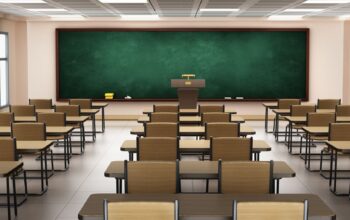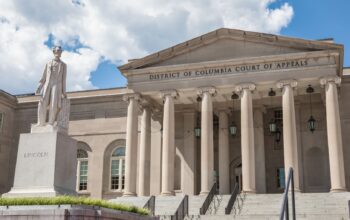Too often, the things that get kids most excited about learning have been stripped out of the school curriculum. No wonder when asked: “how was school,” so many students respond, “boring.”
It shouldn’t be that way and wouldn’t be if arts and music education were more widely available. However, over the past few decades, the curriculum in many schools has been narrowed to focus on core academic subjects – principally math and English language arts, the subjects that are assessed on state exams.
How did we let this happen when it was once commonplace for every kindergarten teacher to have a piano in the classroom, that (more often than not) was played to get kids engaged?
According to the American Academy of Arts and Sciences (AAAS), the narrowing of the curriculum has produced a “state of crisis” in arts education. The AAAS established a Commission for the Arts co-chaired by John Lithgow, the renowned actor. It issued a report entitled Arts for Life’s Sake, to alert the public to the growing absence of arts of education. Sadly, the commission found that the pandemic has “intensified the crisis exponentially.”
Now, as schools bounce back from the pandemic, research shows that access to arts education could help combat the rise in chronic absenteeism over the past year or two. As John Lithgow told us for our just launched Sparking Equity podcast, arts education “makes students more eager to go to school, it just makes them more educable.”
Distressingly, students of color – and notably Black and Latino students – have been most affected by the evisceration of arts and music education as an integral part of the school curriculum. Schools serving large numbers of these students often have fewer resources, and are more likely to be under pressure to improve test scores in math and literacy. As a result, they are even more likely to eliminate parts of the curriculum that are viewed as an add-on or as a superfluous extra, like the arts. In many cases, they don’t even have arts teachers, and may provide no arts education at all.
The decline has occurred over many years, but many observers attribute much of it to the No Child Left Behind law of 2001. The law required that schools assess students in 3rd – 8th grades in math and literacy, and at least once in high school.
Unfortunately, what isn’t tested usually isn’t taught.
Concerns about improving performance in math and literacy are understandable. But cutting the arts may actually have the opposite effect. Researchers at Rice University, for example, found through a large-scale, randomized controlled study that increasing exposure to arts in school has “remarkable impacts on students’ academic, social and emotional outcomes.”
Backing that up is a recent study by the USC Brain and Creativity Institute which found that “children who learn a musical instrument have enhanced cognitive function … improved creativity and confidence, better mental health and emotional stability.”
The Every Student Succeeds Act, or ESSA, which replaced the No Child Left Behind law in 2015, for the first time lists music as a separate stand-alone subject that schools are expected to provide as part of a “well rounded education.” That means that schools can now use Title 1 and other federal funds for both music and arts education, in addition to whatever state-specific support is available.
California leads the way in this regard, with voter approval last November of Proposition 28, which will pour an additional $1 billion into arts education in the state – with schools serving low-income students getting a bigger share.
In addition to funding, however, what’s needed is a broader view on what the school curriculum should consist of. Arts education is not just fun, although it should be that as well. It yields enormous educational dividends and can help advance equitable outcomes as well.
Pedro Noguera is the Dean of the USC Rossier School of Education, and host of the “Sparking Equity” podcast. Louis Freedberg is director of the Advancing Education Success Initiative, and former executive director of EdSource.
Source: Published without changes from Ethic Media Services




